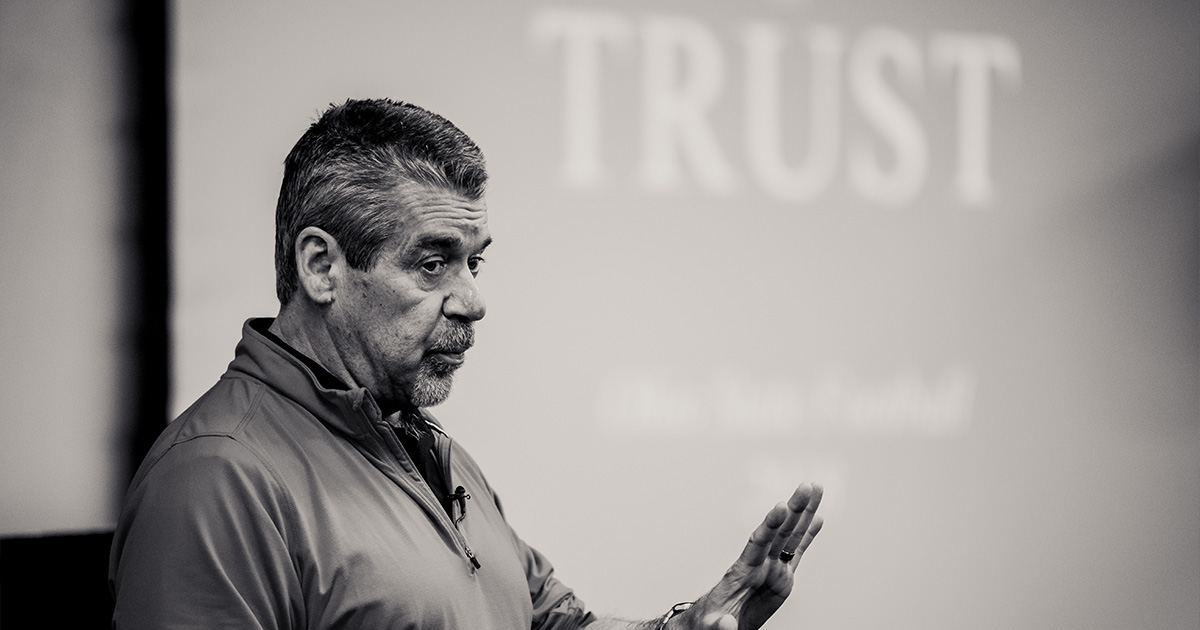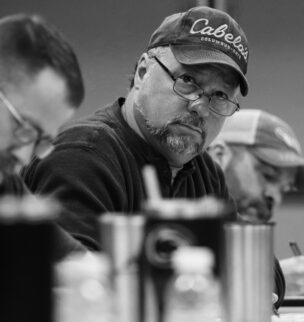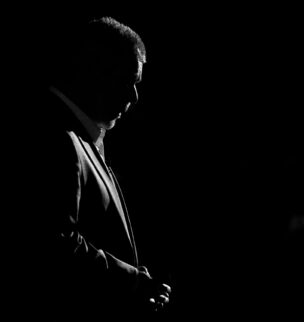The highest levels of performance require the deepest levels of trust.
Trust is the driving force of exceptional teamwork and high performance. Trust takes an organization to a level of performance that cannot be achieved without it. Why? Because trust creates a personal and professional connection that allows an organization to operate with a speed and efficiency that organizations with lesser trust simply cannot match.
Keep in mind that talent cannot replace trust. There is a long line of organizations full of talented people who fail to produce results equal to their talent.
Trust is earned. It cannot be declared, nor is it granted by a person’s position or title. Trust is earned by what people do. It is a strong personal and professional bond that is forged in the crucible of working together to solve problems and get things done. Deep trust is built over time as people demonstrate to colleagues that they can be counted on no matter the situation.
Trust is built by repeated experience over time. Everyone has a “trust account.” Every day through their attitude and actions they make deposits into or withdrawals from their trust account with others. Keep in mind that people do not experience your intentions; they experience your behavior.
Trust is three-dimensional. You build trust with others by giving them repeated experience over time in three dimensions: character, competence, and connection.

Character. This is ethical trust. It is established when people have confidence in your integrity. People trust your character when they have repeated experience of consistency between what you say and what you do. What it looks like:
- Have a team first attitude.
- Live the culture.
- Consistently seek to do the right thing.
- Communicate openly and candidly. Do not avoid conflict or difficult issues.
- Act with courage.
- Bring positive energy.
Competence. This is technical trust. It is established when people have confidence in your ability. People trust your competence when they have repeated experience of your knowledge and skills, as well as your ability to achieve goals and solve problems. What it looks like:
- Know the business and the work. Acknowledge when and what you don’t know.
- Follow through on responsibilities.
- Seek solutions. No BCD (blaming, complaining, defending).
- Have a growth mindset. Relentless commitment to getting better every day.
- Learn from mistakes.
- Be coachable.
Connection. This is personal trust. It is established when people feel you are personally engaged and you care. People trust you personally and feel connected when they have repeated experience of you listening, seeking to understand, and proactively engaging. What it looks like:
- Invest the time to care, listen, and communicate.
- Talk to people, not about people.
- Embrace productive conflict.
- Support each other. Ask for help, give help.
- Appreciate the value of others. Respect and leverage differences.
- Commit to mutual accountability.
When the three dimensions line up, then people will trust you and communicate openly and collaborate effectively. It is important to note that trust is the combination of all three factors. If any one of the factors is missing or neglected, trust as a whole is significantly diminished.
Remember: Colleagues do not experience your intentions; they experience your behavior. If people are going to trust you, they must experience your character and competence, and they must experience a personal connection with you. Repeatedly. Over time.


